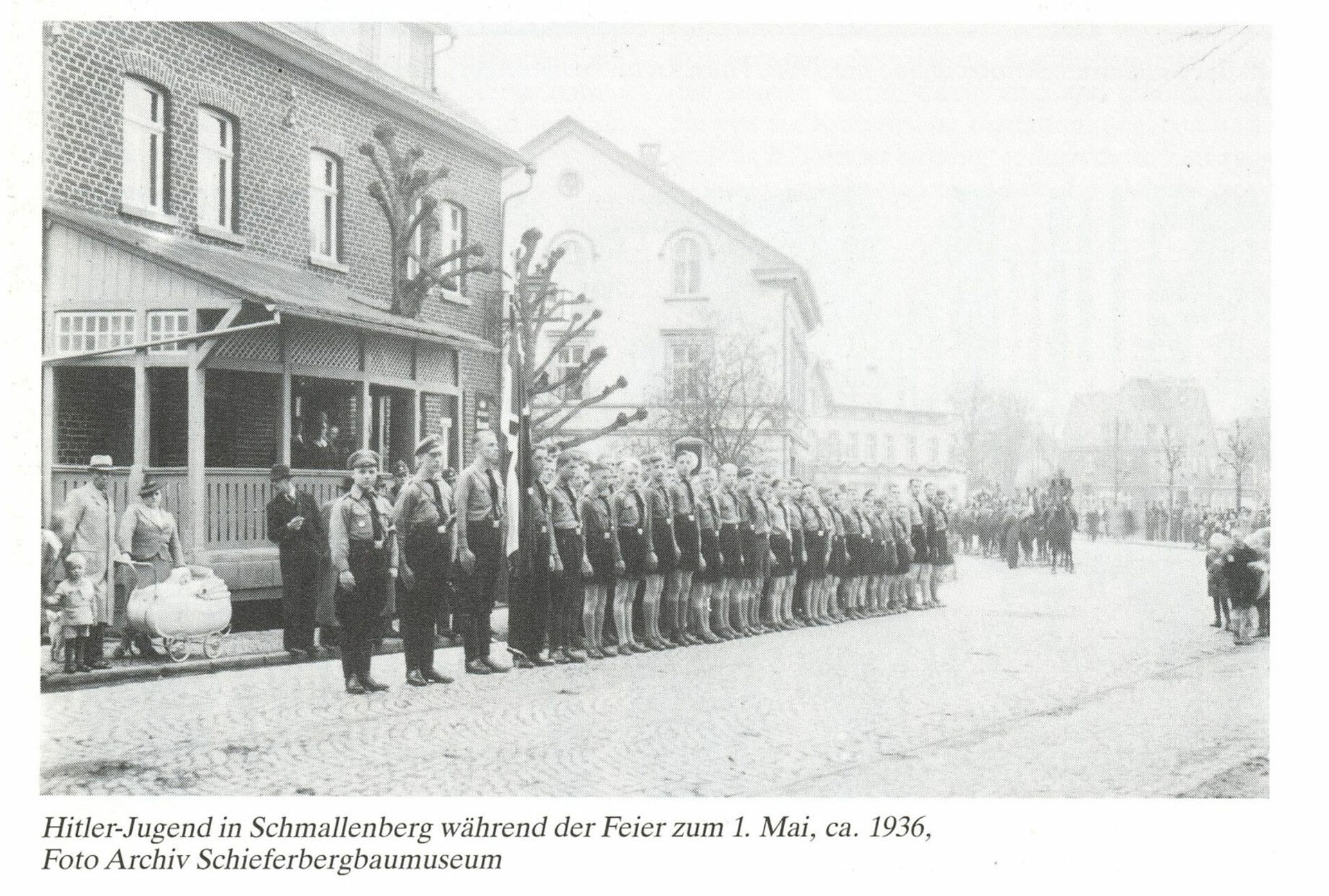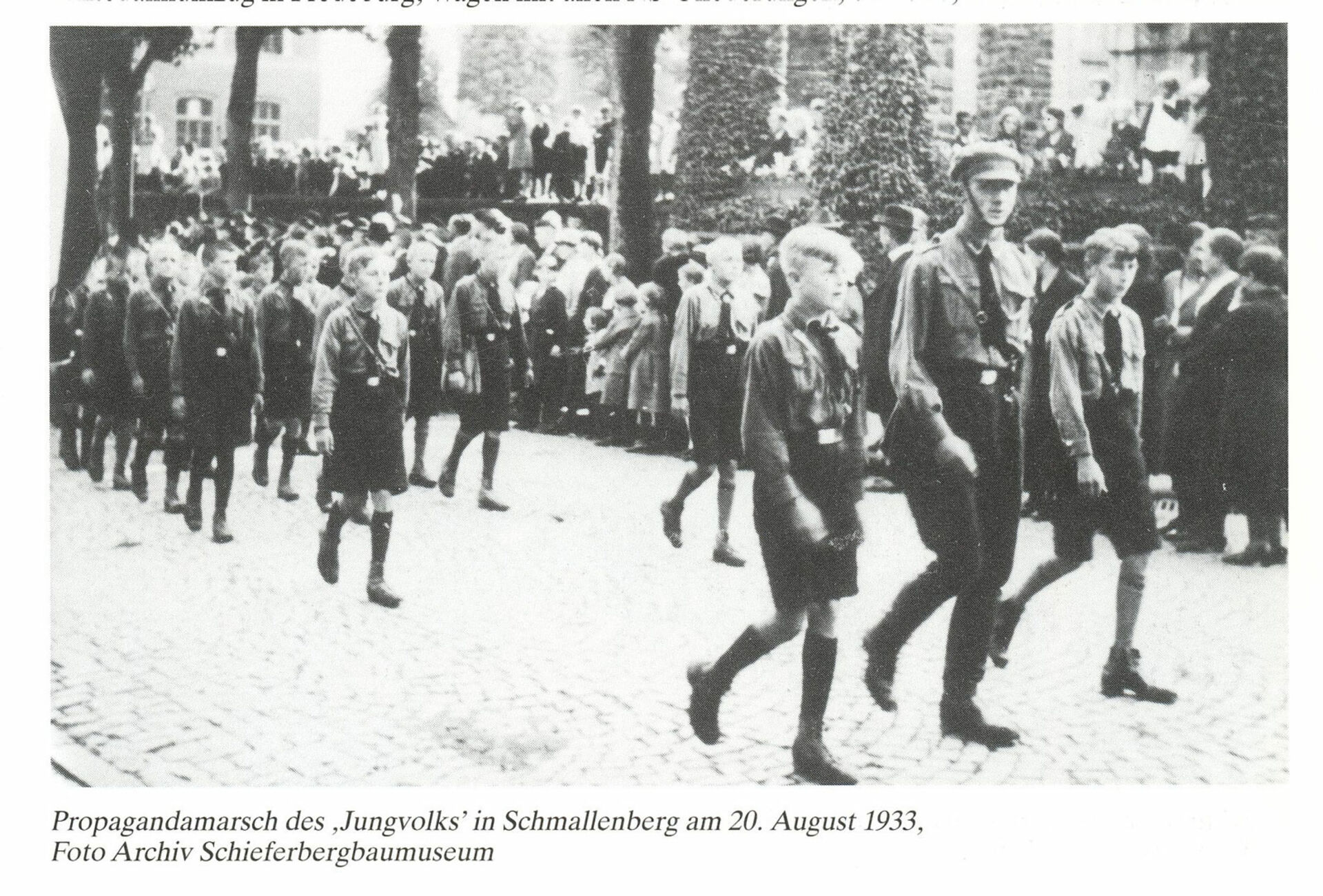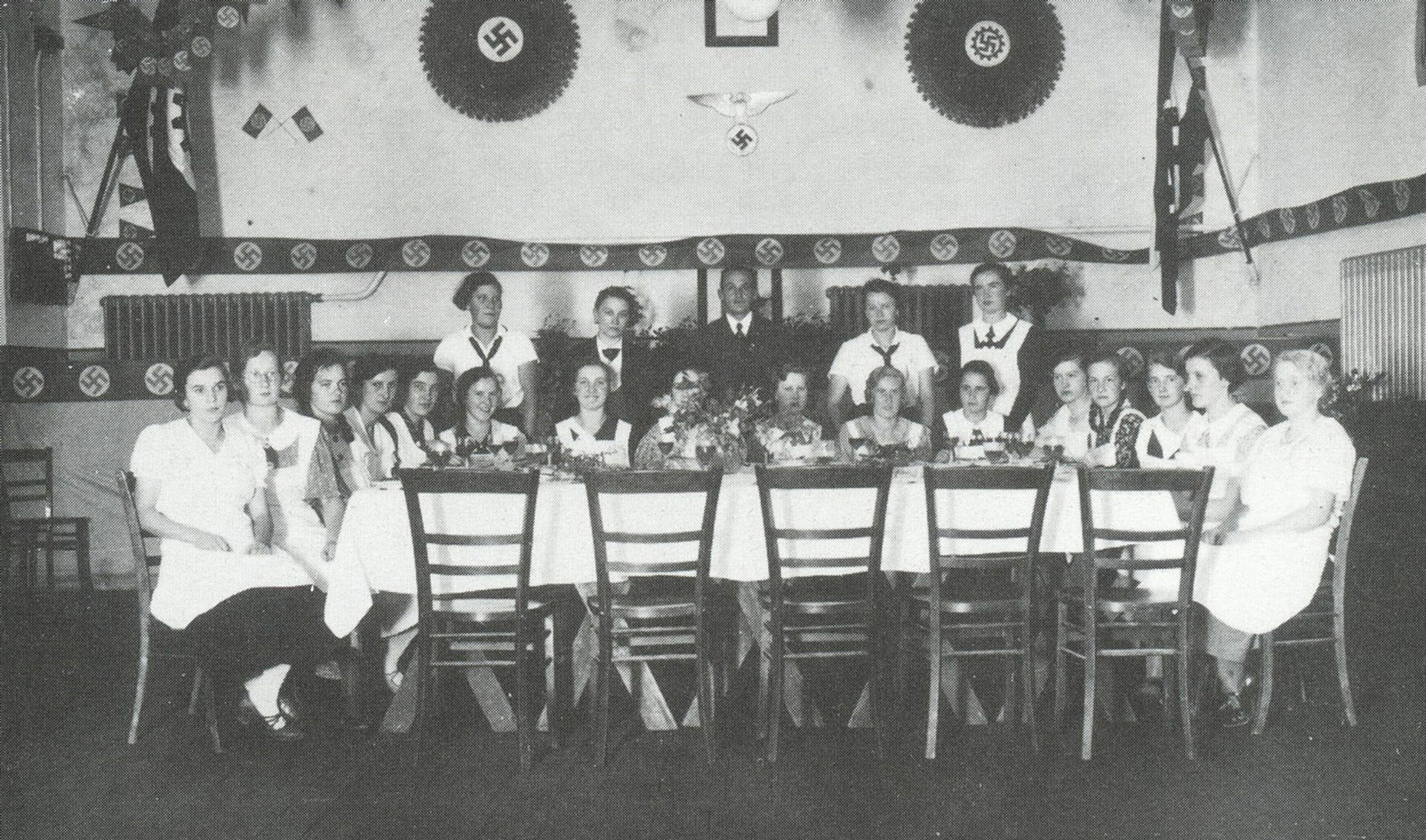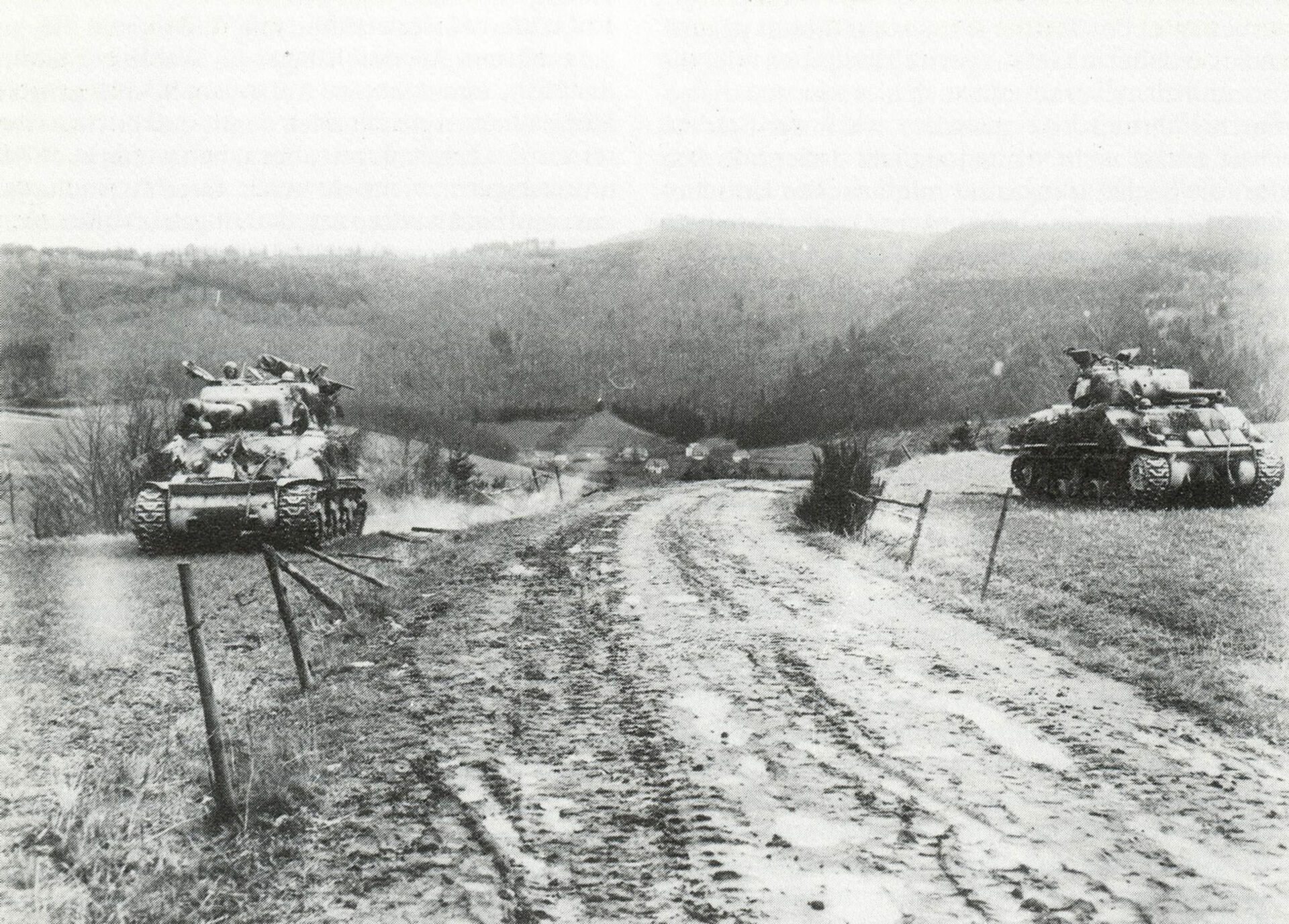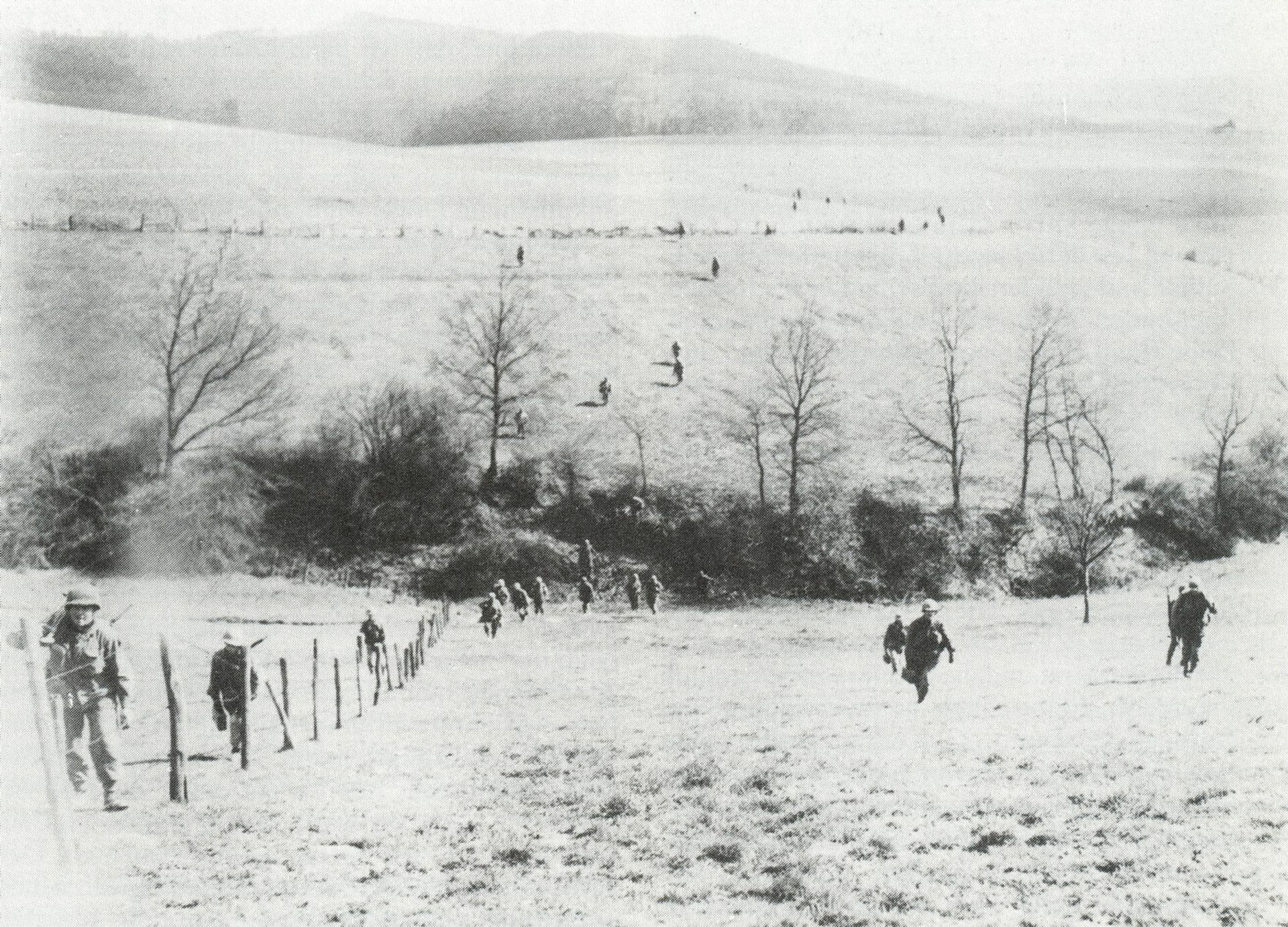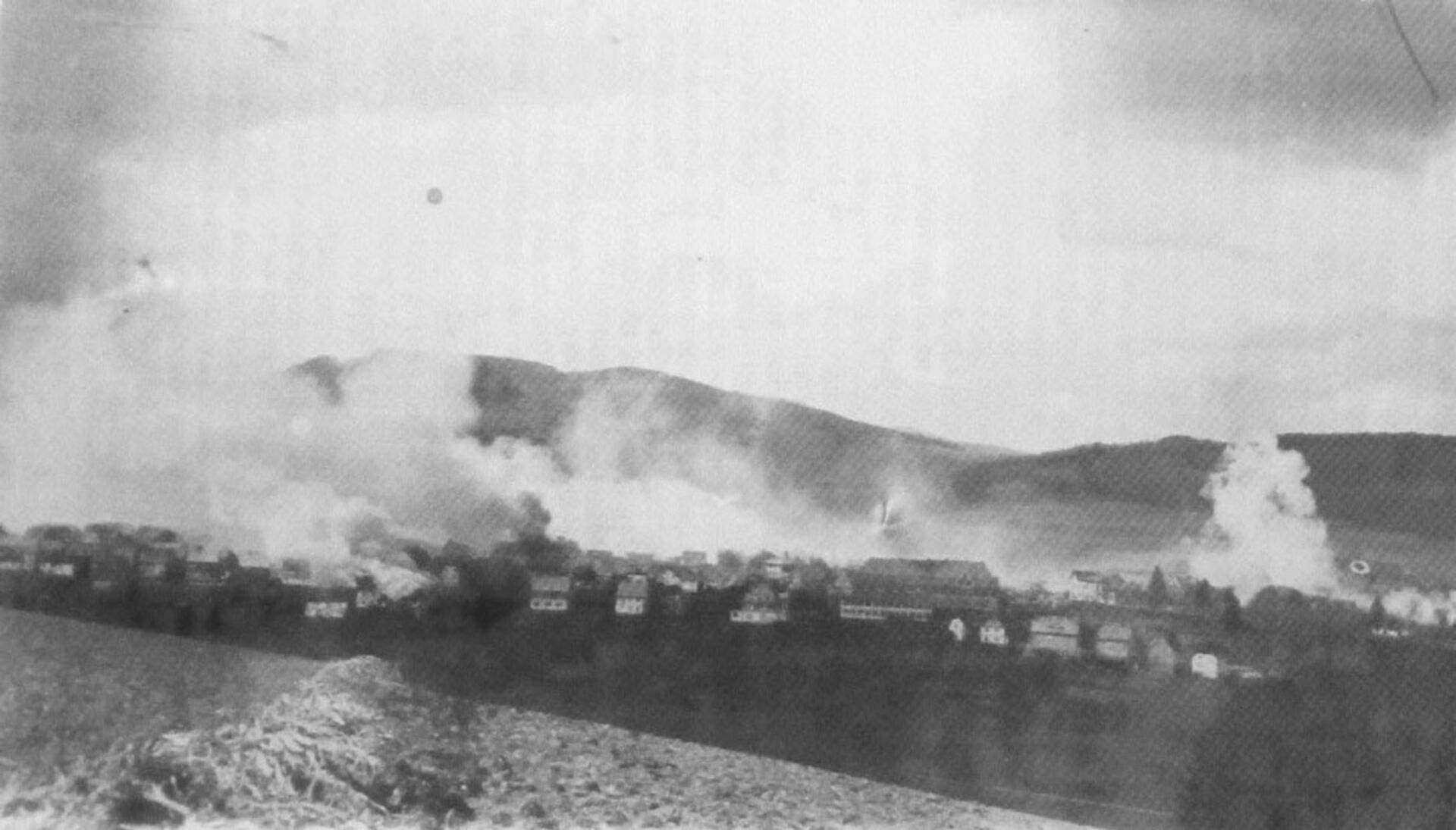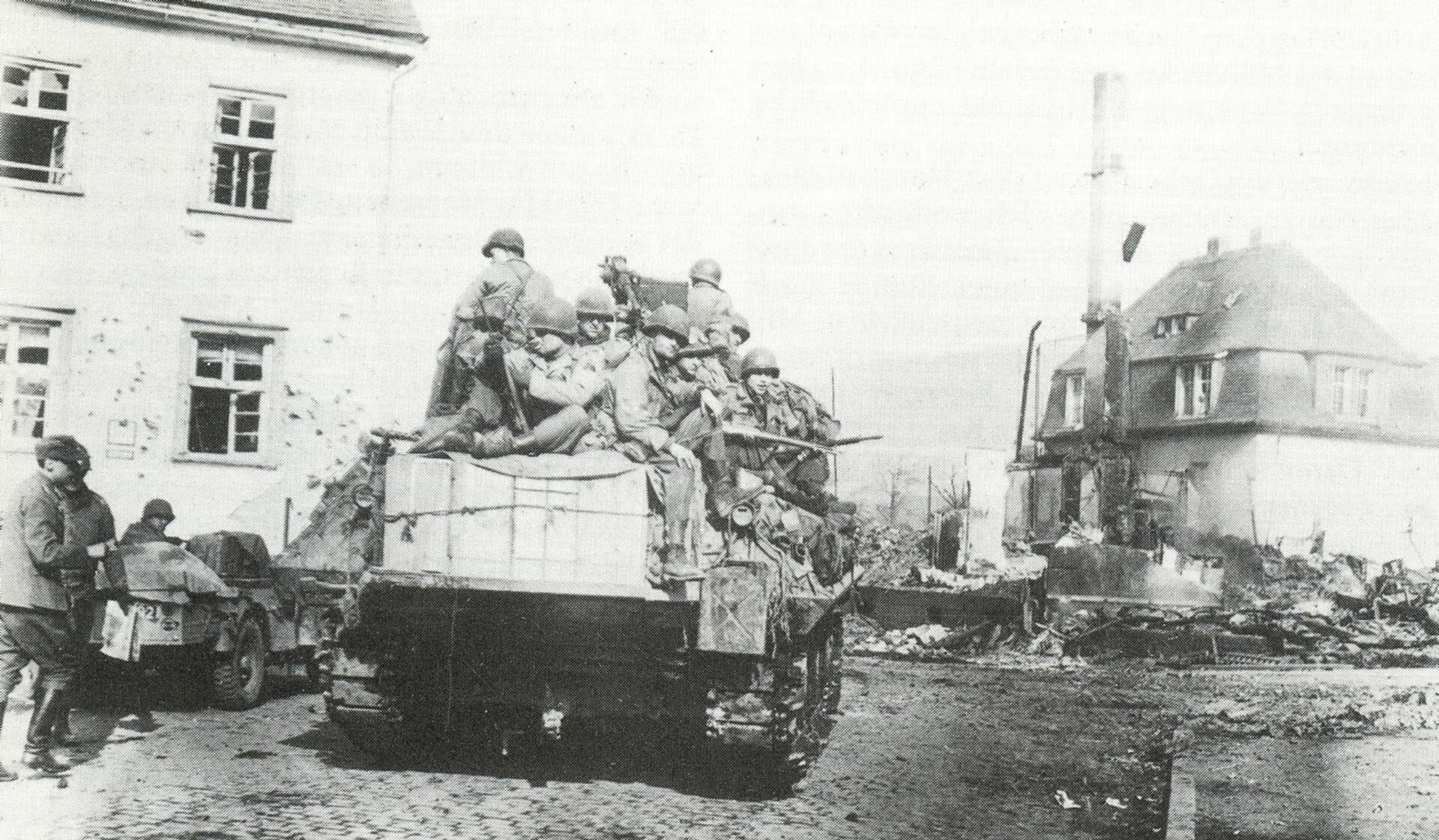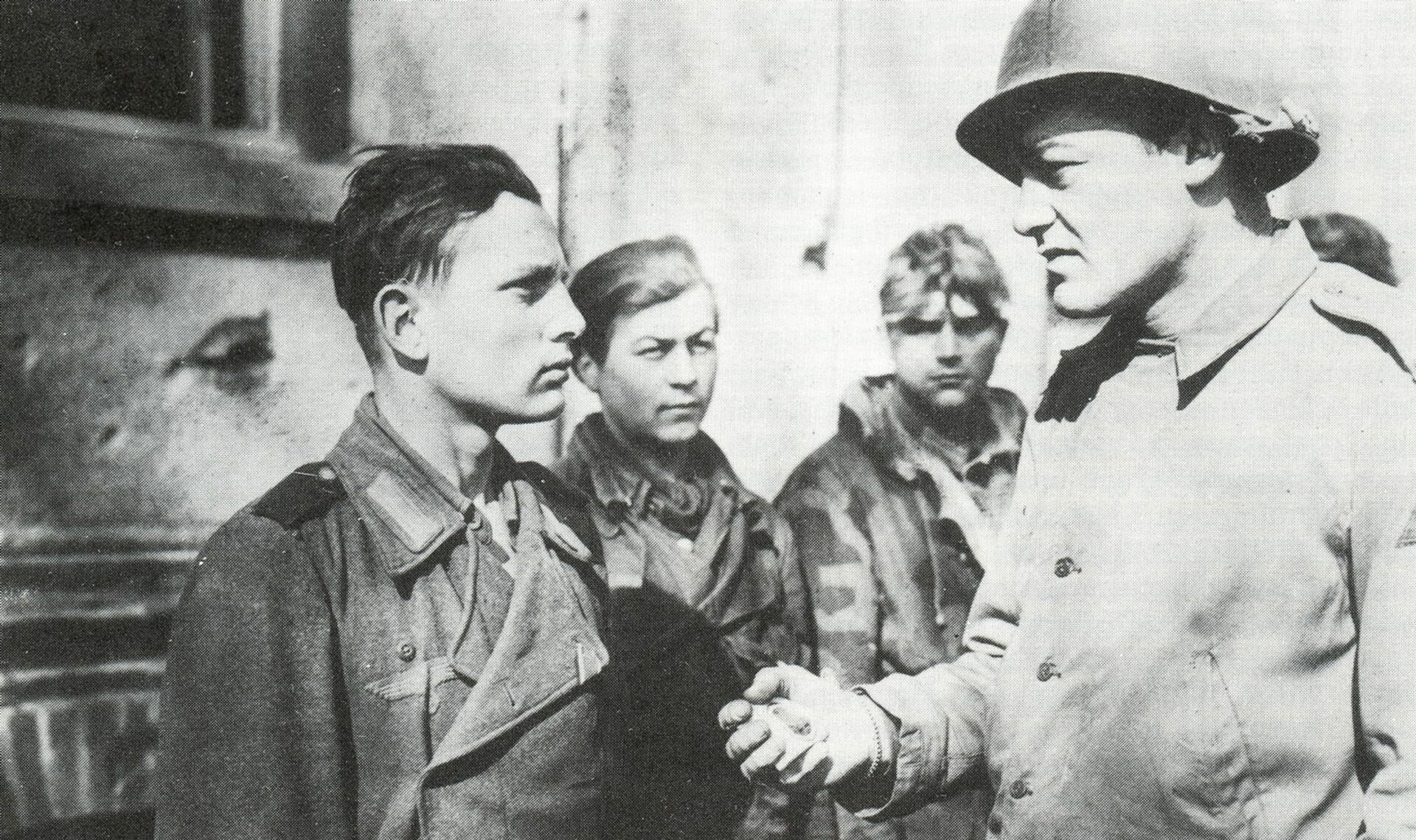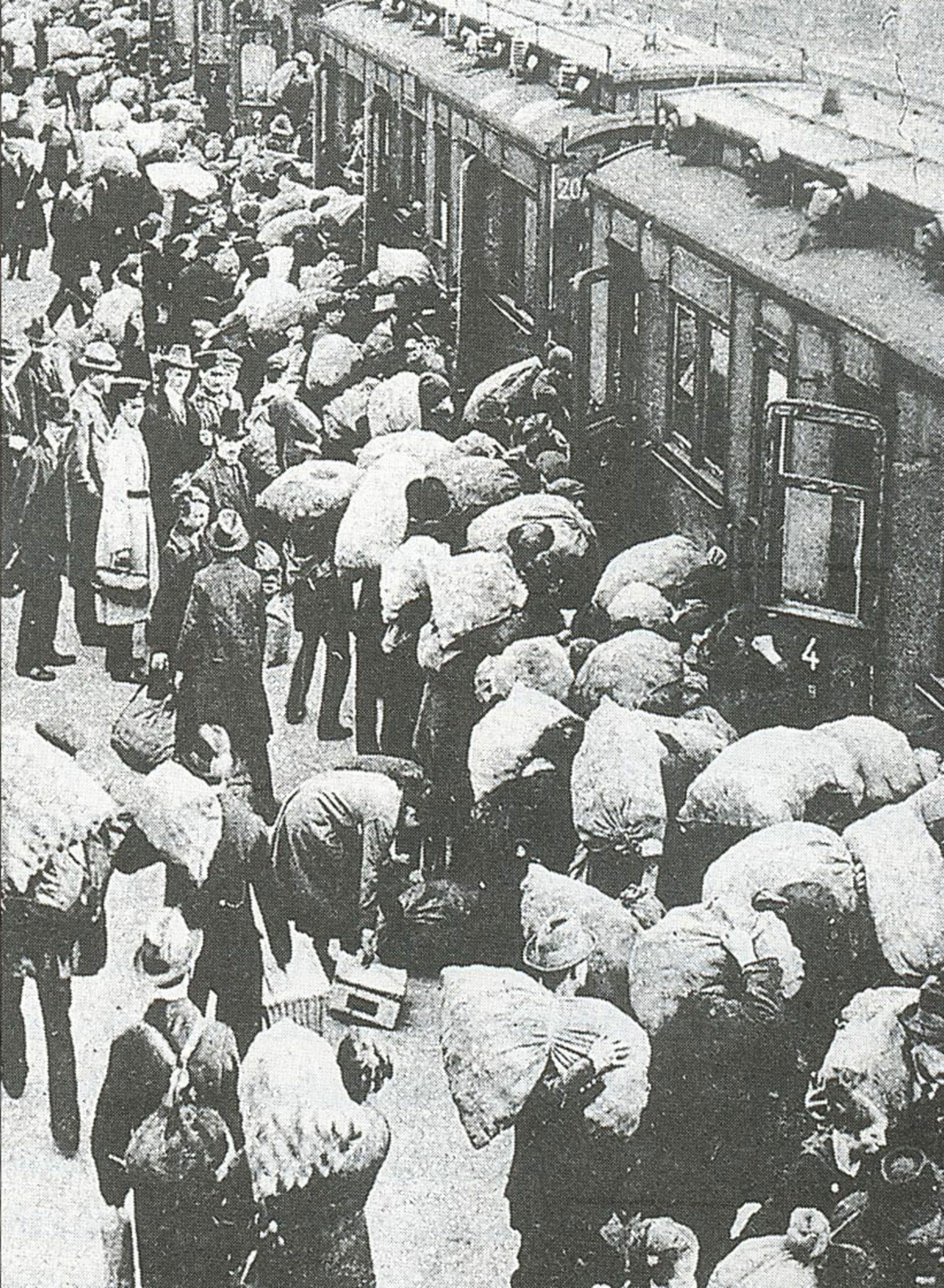War & Peace
Quartering, Ruhr basin invasion & town twinning
Information point:
- Wimereuxstrasse
Time and again wars
Founded as a fortress town, the city has been Schmallenberg was repeatedly subjected to attacks and battles throughout its history, despite - or perhaps because of - its mountainous location.
In the 14th century, the town took part in numerous land peace alliances and concluded agreements with the surrounding towns Hallenberg, Medebach and Winterberg for mutual protection (1300, 1370, 1451). The four towns also joined the large Westphalian land peace alliances. At the time of the Soest feud around 1444, the surrounding villages were repeatedly plundered: The inhabitants sought shelter behind the town walls; a number of villages went desolate during this time.
During the Thirty Years' War (1618-1648) Schmallenberg was spared major destruction because Kaspar von Dorlar called Decker, who worked as a Swedish war commissioner, stood up for Schmallenberg. His family has been documented since 1349 in Schmallenberg. He was repeatedly appointed mayor and owned a house in the south-east of the town (in Deckers Gässchen).
A century later, during the Seven Years' War (1756-1763), in which the Bishop of Cologne supported France against Hessen and Prussia, the town suffered from frequent quartering of French, Hessian and Prussian soldiers as well as oppressive taxes. The coalition wars in the wake of the French Revolution also affected life in the town from 1794 onwards. In the following years, the town had to repeatedly provide food, clothing and accommodation for passing troops. In May 1795, 300 Austrian soldiers arrived in the town. In the fall of 1797 and the summer of 1798, French infantry and cavalry were quartered here. In 1813 and 14, Russian, Prussian and Saxon troops passed through and had to be housed and fed.
Once again, peace reigned for more than 100 years. The two world wars also claimed numerous victims among the people of Schmallenberg and, especially during the Second World War, many forced laborers were deployed in local industry and agriculture. All Jewish residents, who had been well integrated into everyday life in Schmallenberg until the National Socialists came to power in 1933, disappeared from the town, the majority were deported and murdered in concentration camps, while some managed to emigrate. The immediate war events of both the First and the Second World War hardly affected Schmallenberg. Schmallenberg was hardly affected until April 1945. Only in the very last days of the Second World War was there heavy fighting in Schmallenberg because the area around Schmallenberg served as a final retreat for various troop divisions. On April 7, 1945 during the Allied invasion of the Ruhr basin, after the villages Gleidorf and Grafschaft was attacked by the American 7th Armored Division with air support and occupied on the same day. 72 German soldiers and 11 civilians were killed, 350 soldiers were taken prisoner, 37 houses were burned down and 151 were damaged. The attack on Schmallenberg was captured on a 32-millimeter film.
In the summer of 1945, the stream of refugees displaced from the east also came to Schmallenberg and, in view of the housing shortage, the lack of food and the hundreds of people evacuated from bombed cities during the war, placed a great burden on the local population.
Cultivating peace through town twinning
In recent decades, the idea of peace has been cultivated and strengthened through Schmallenberg's town twinning with Wimereux (from 1972) and Burgess Hill (since 1988). There are regular reciprocal visits and school exchanges.


